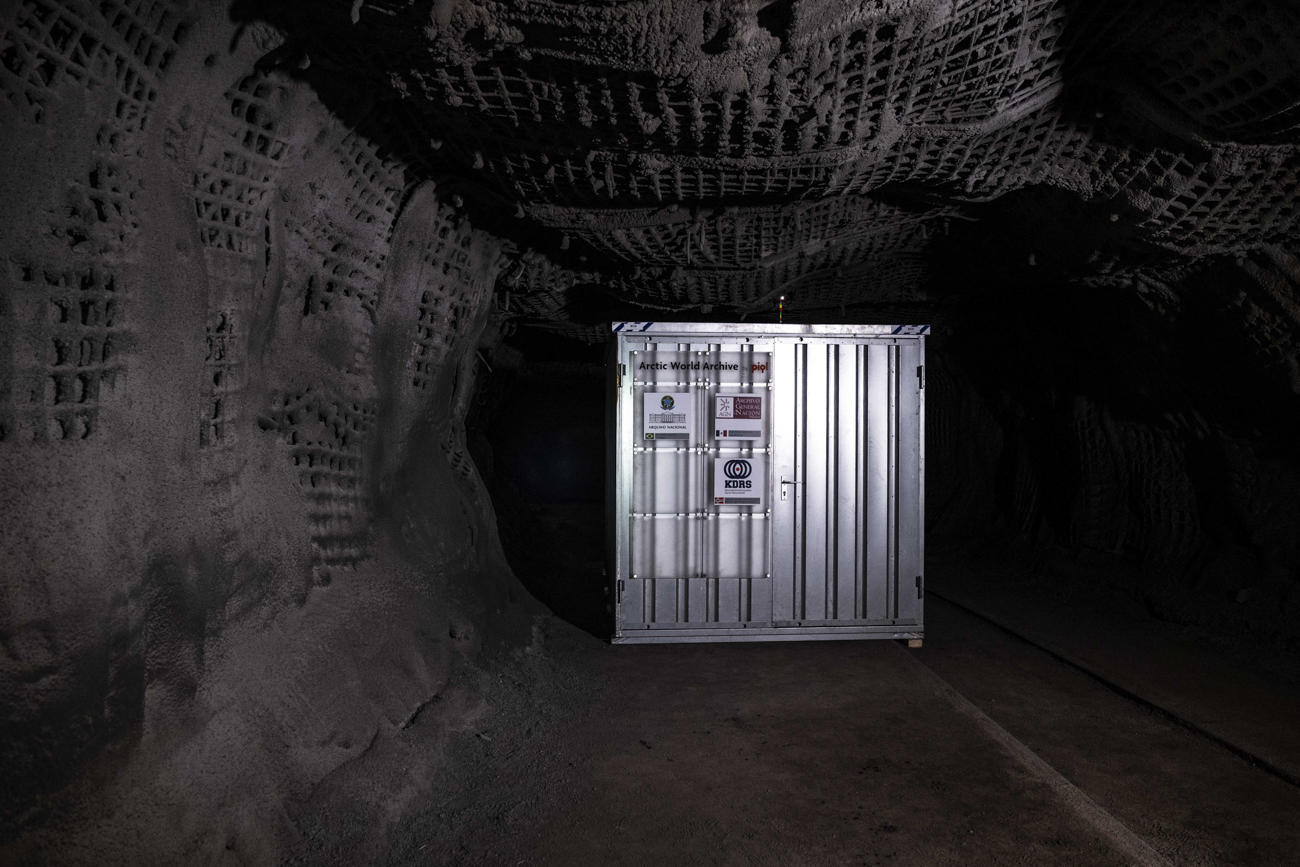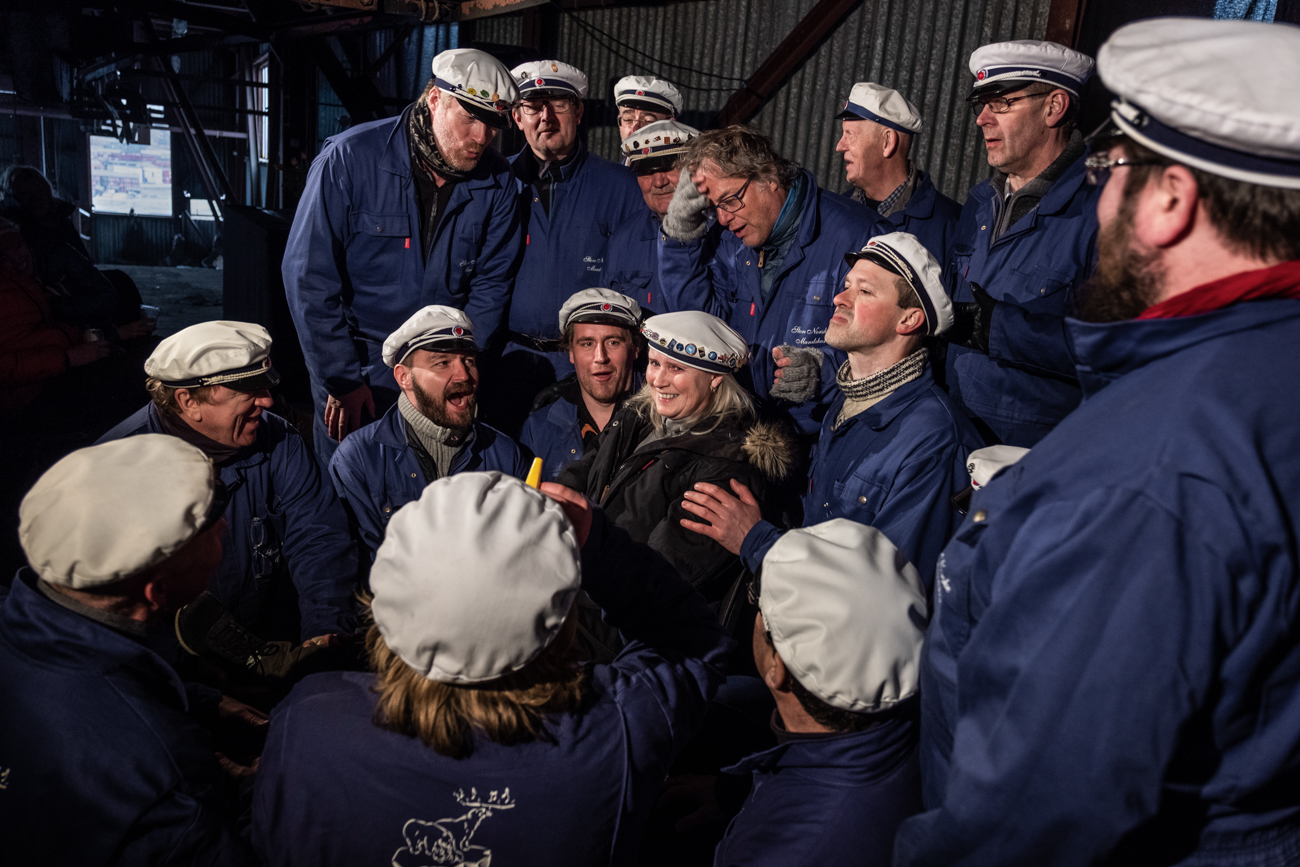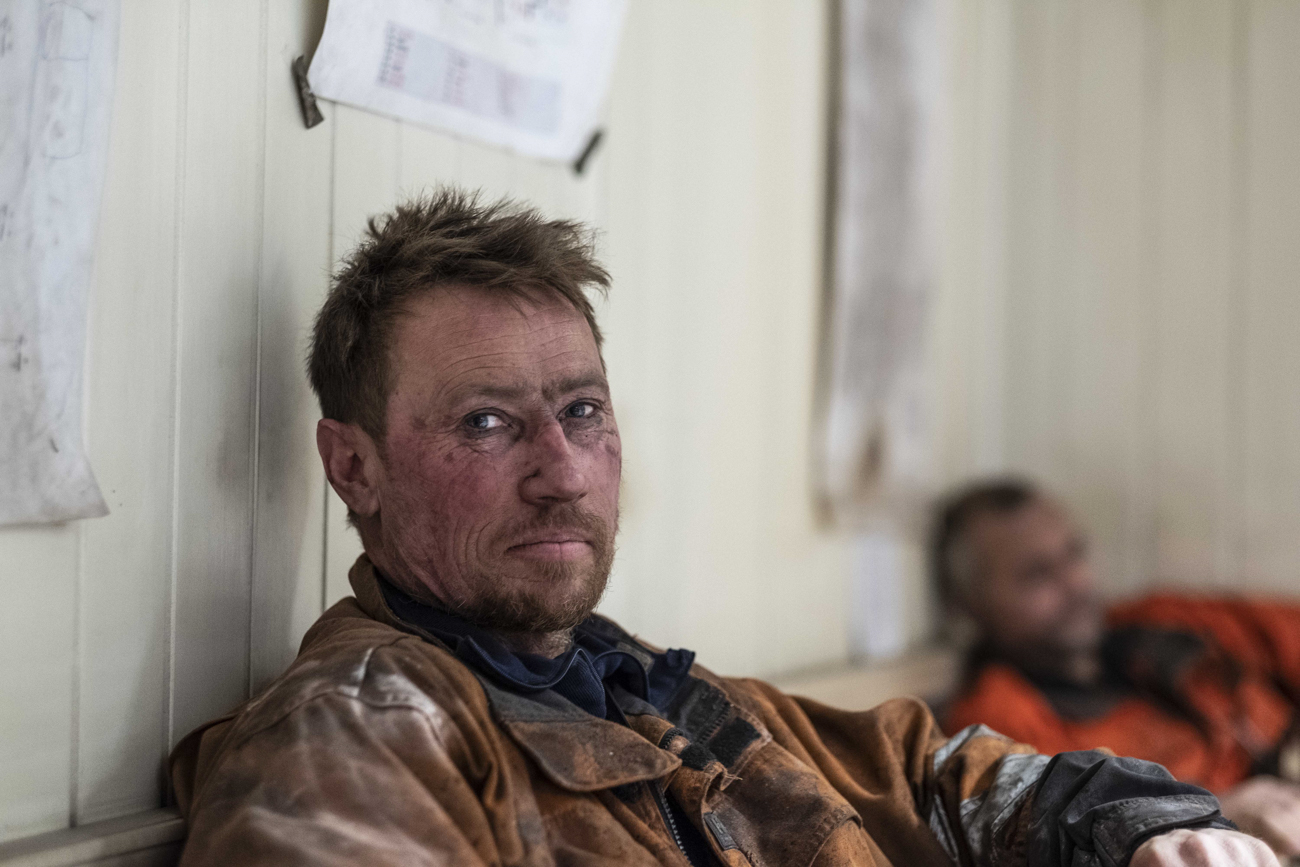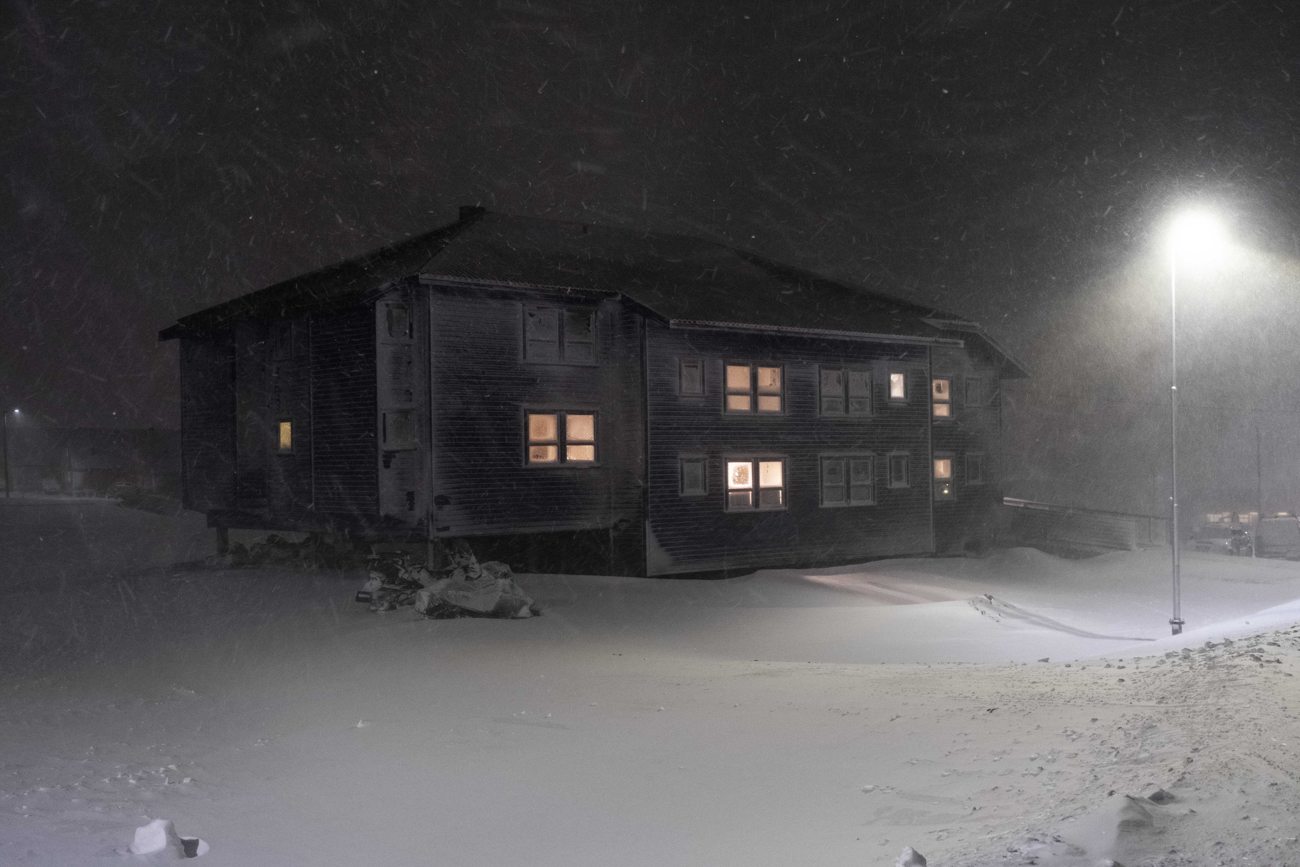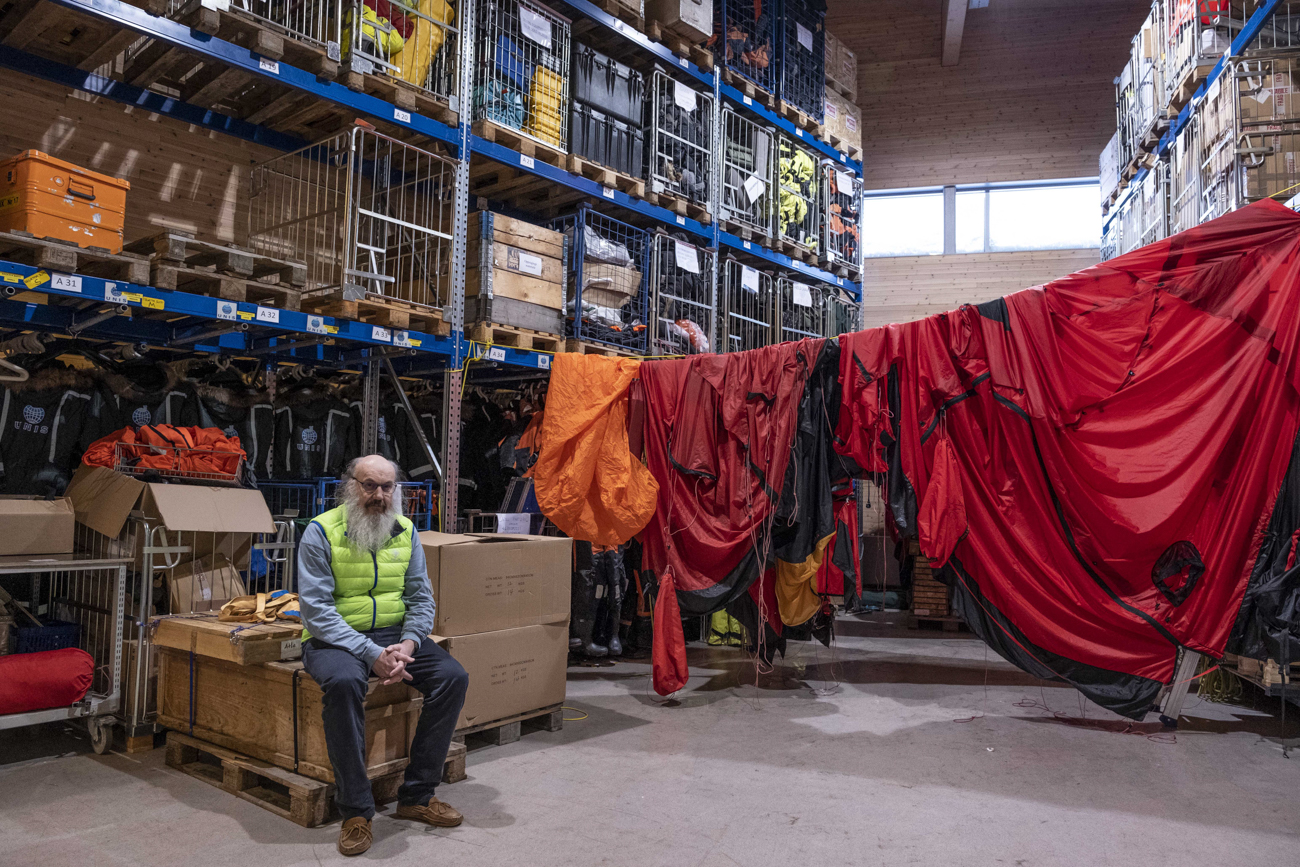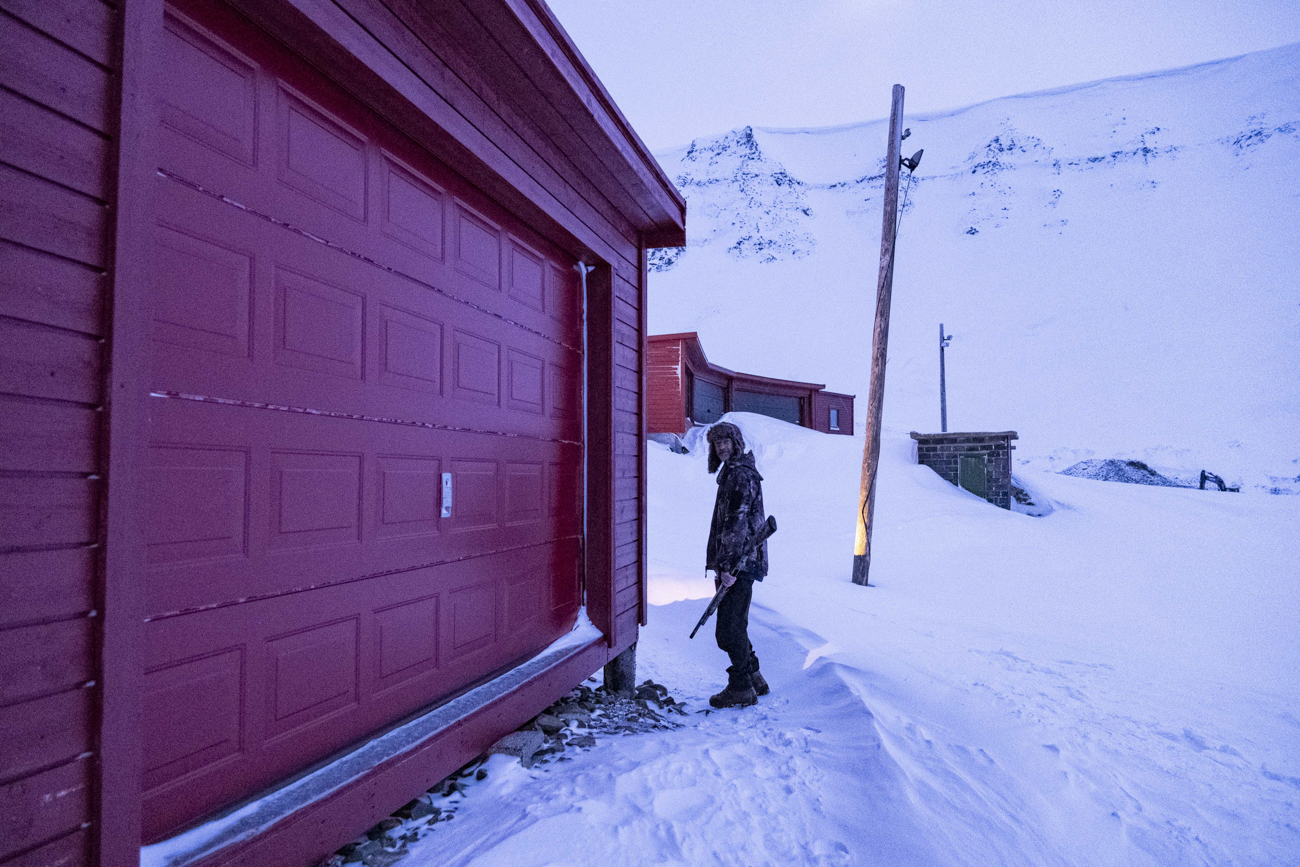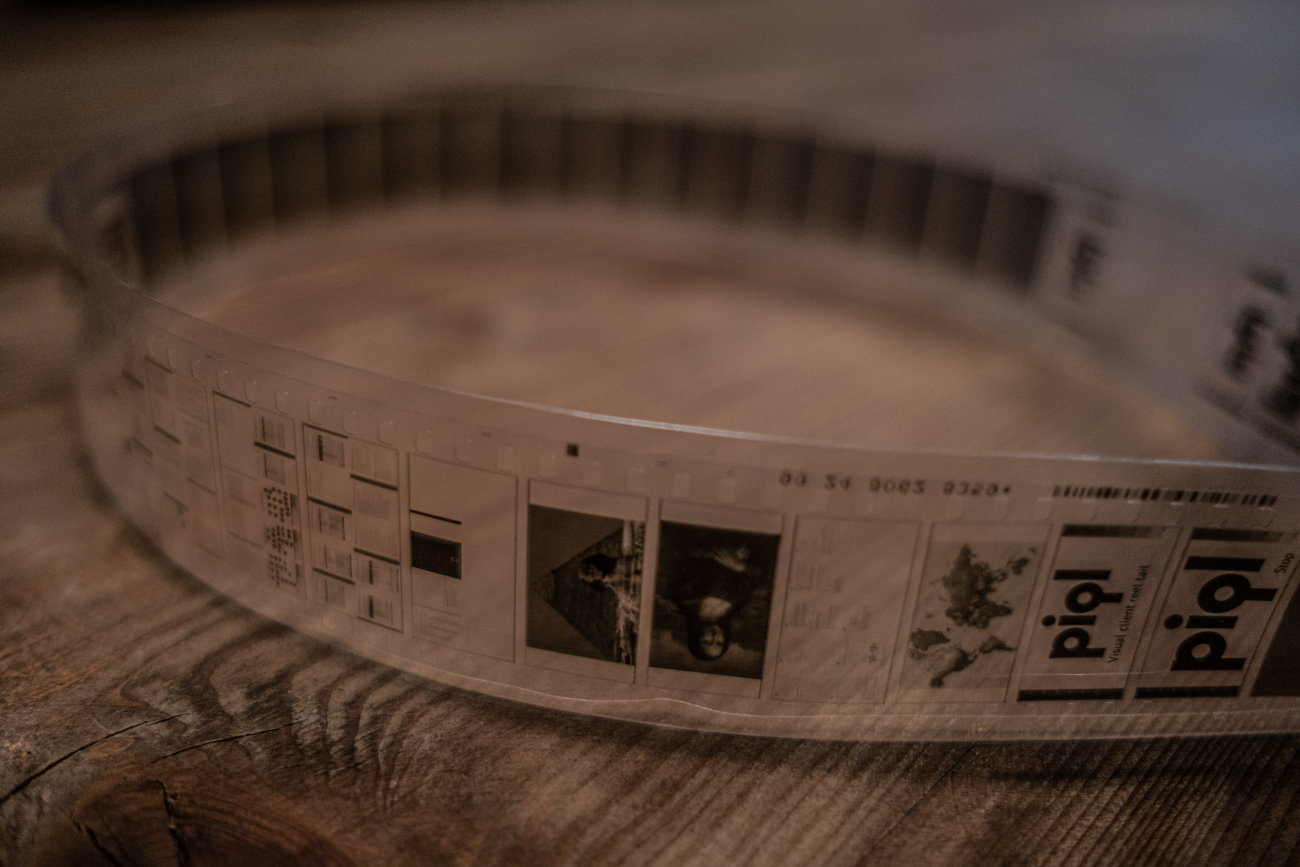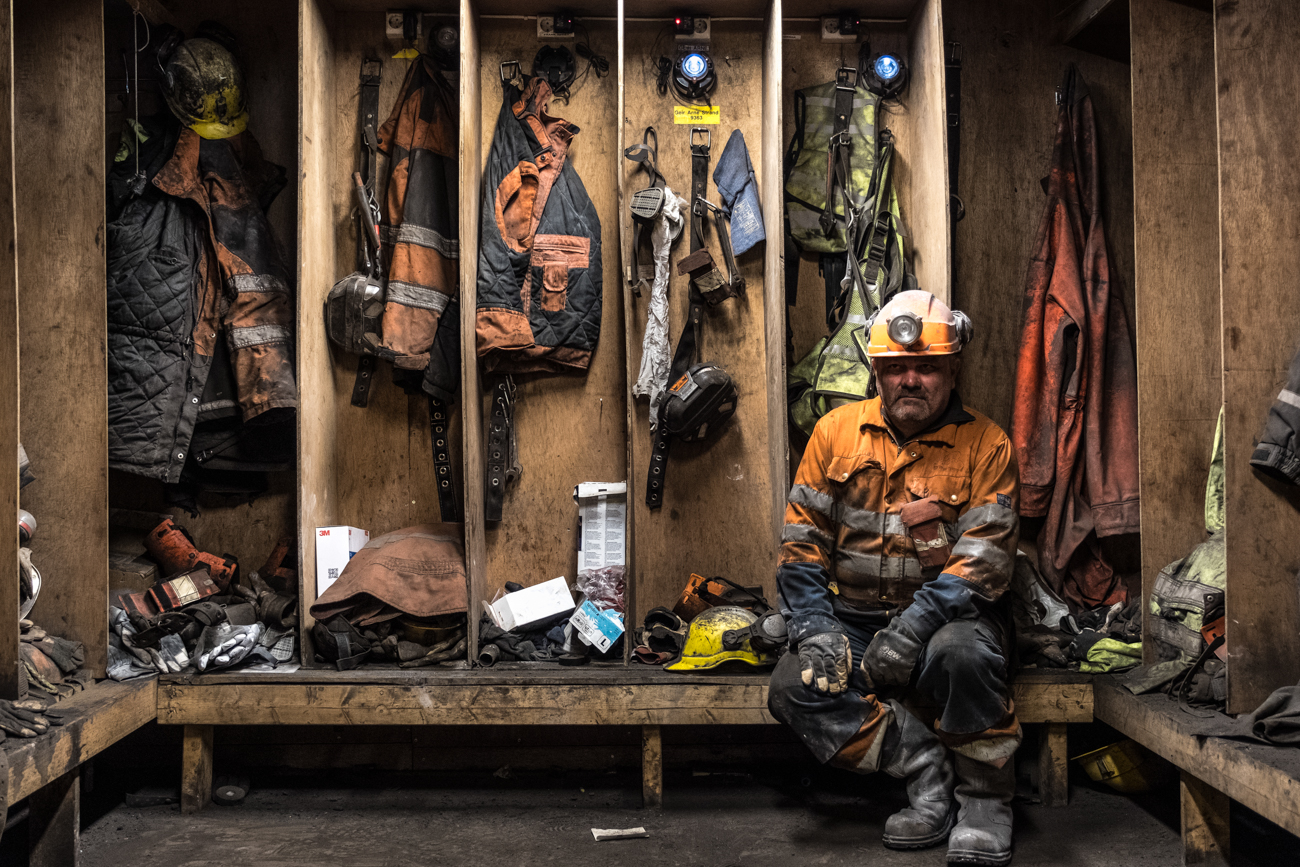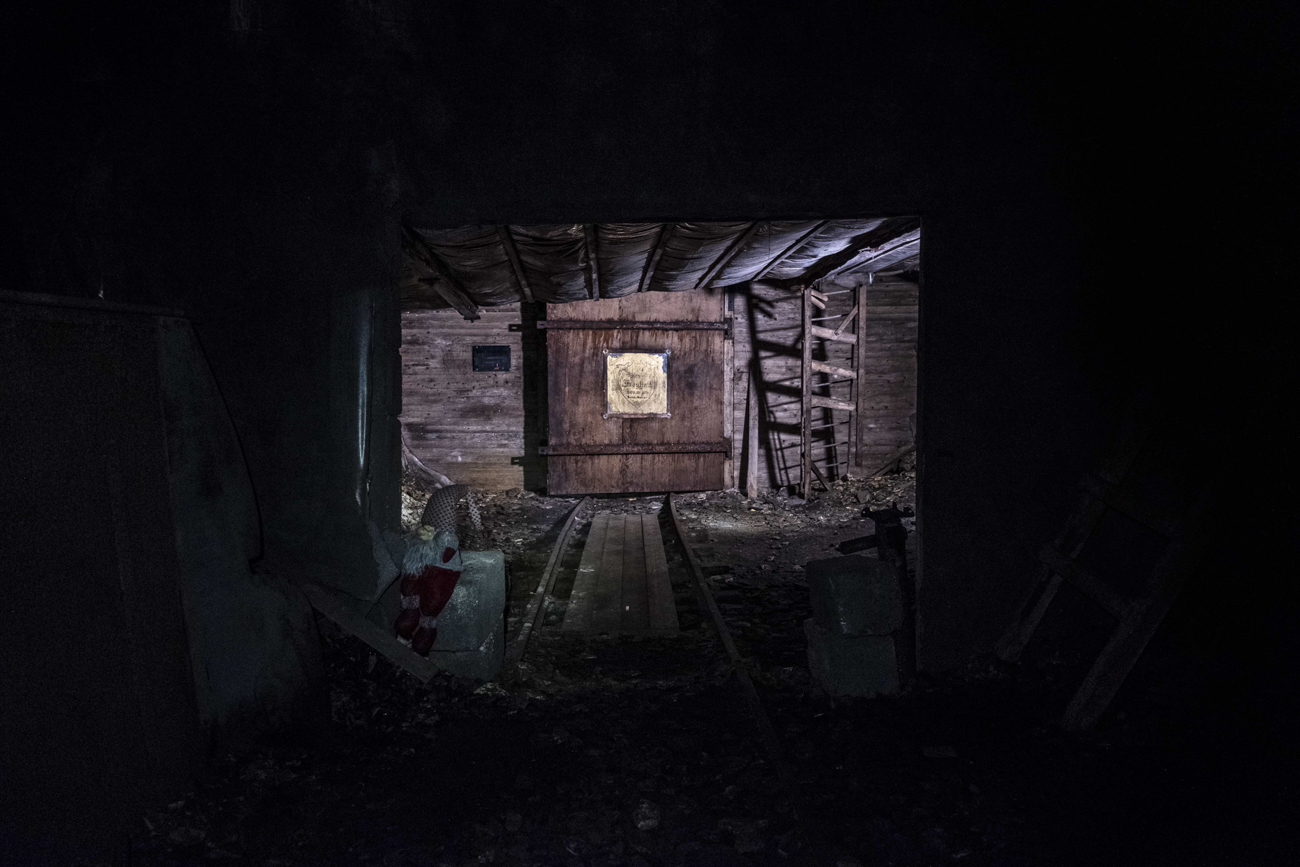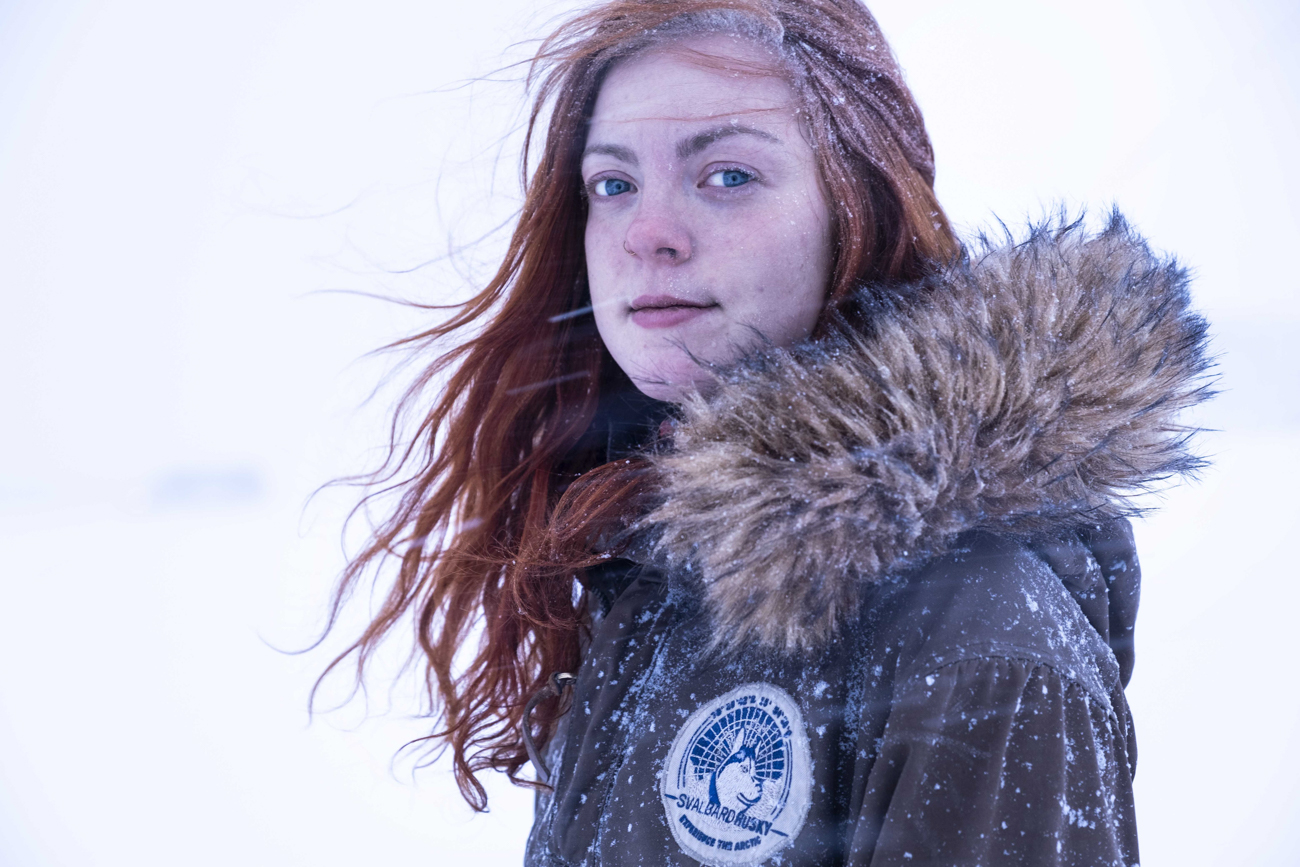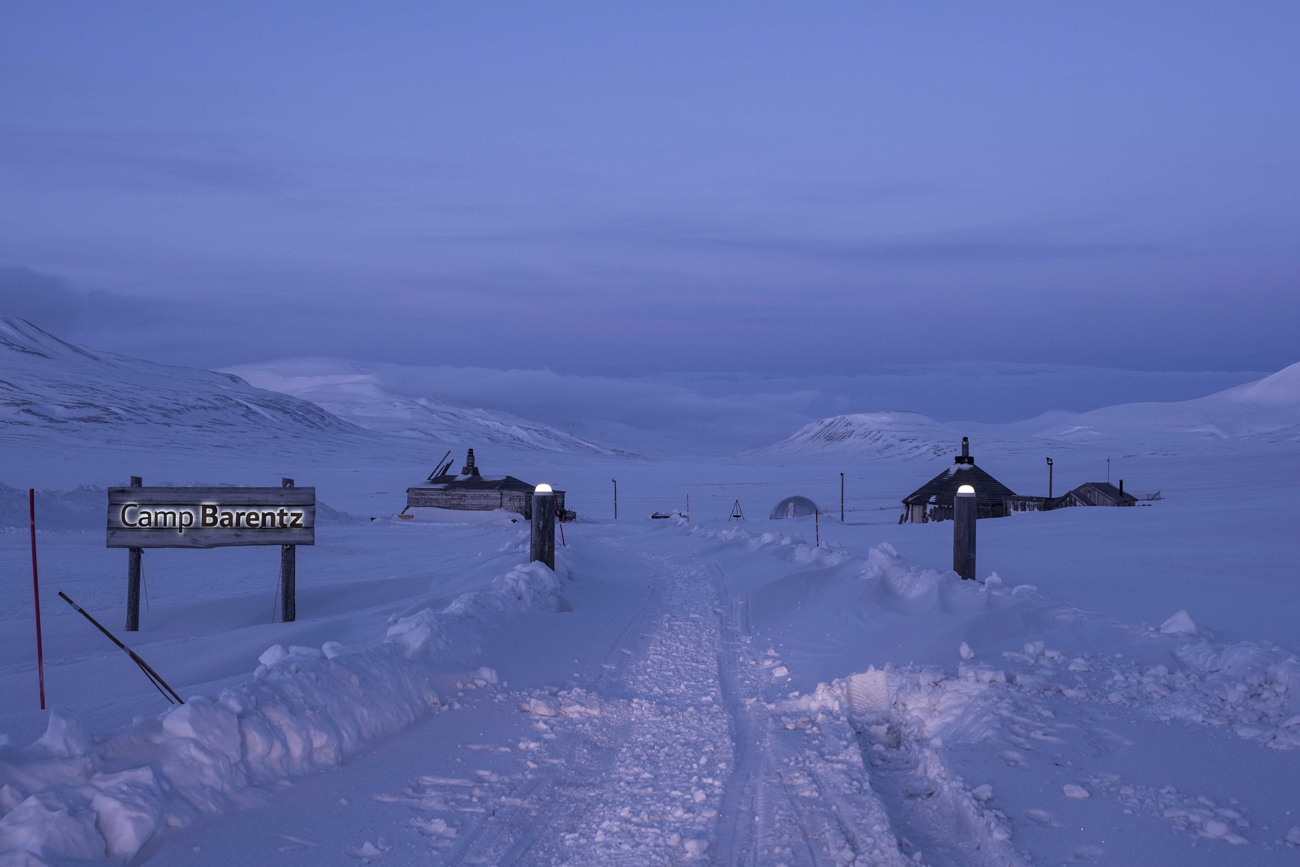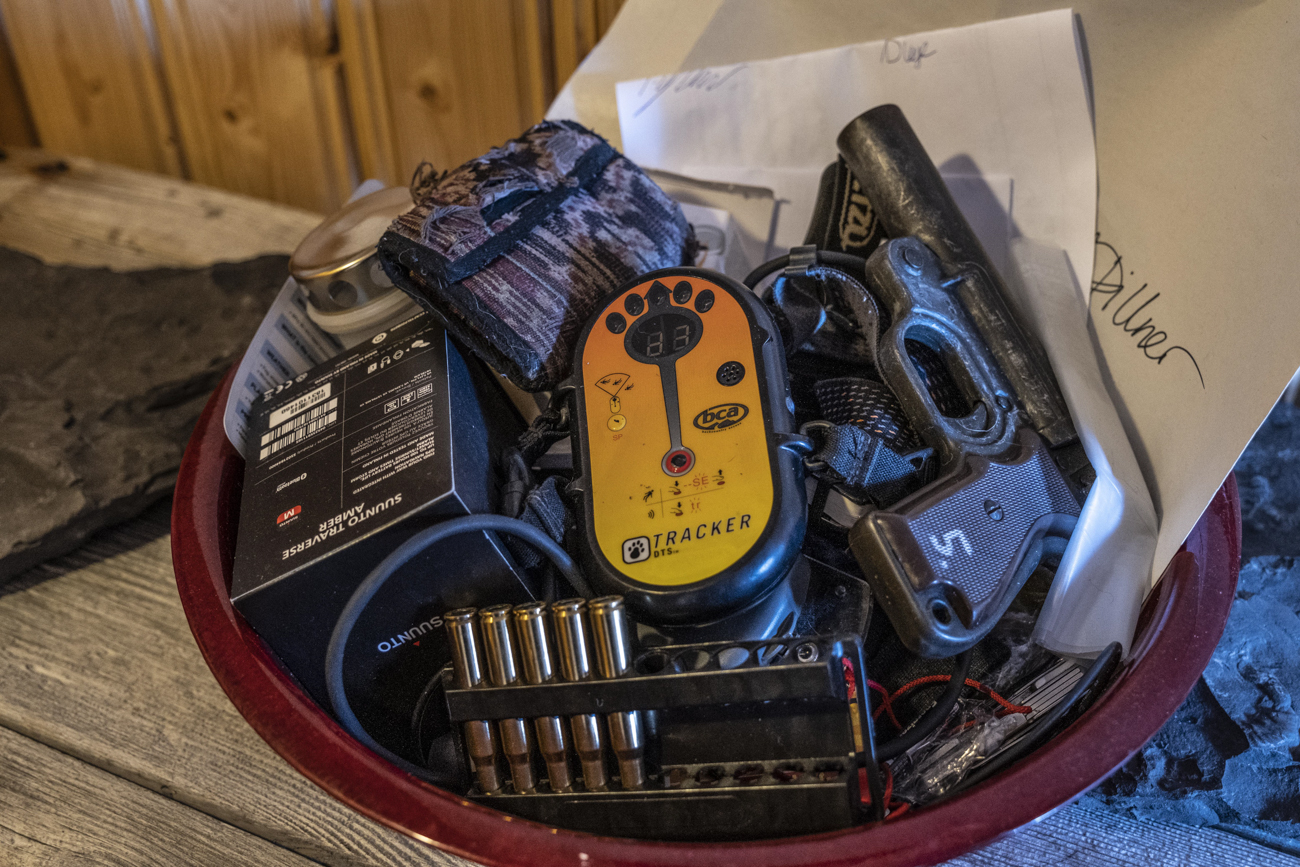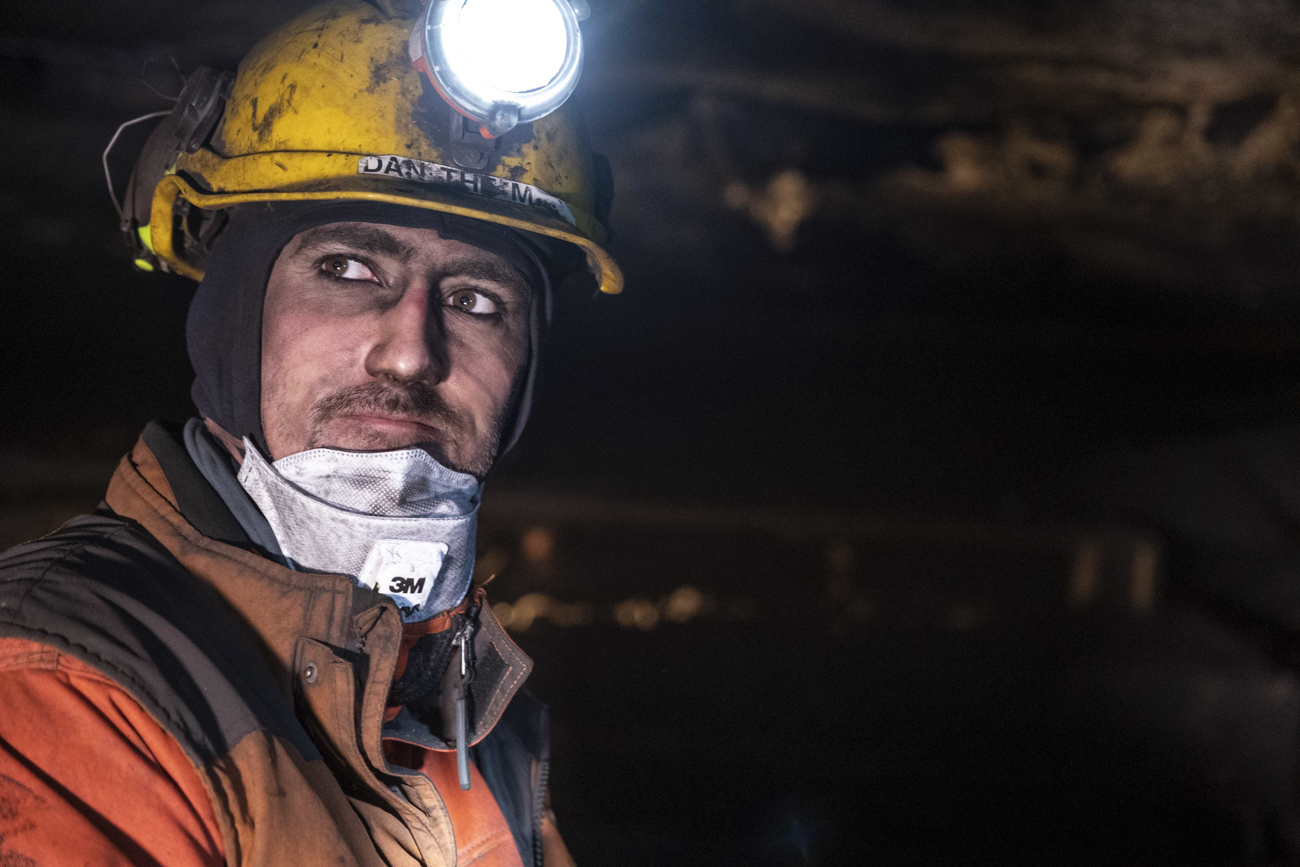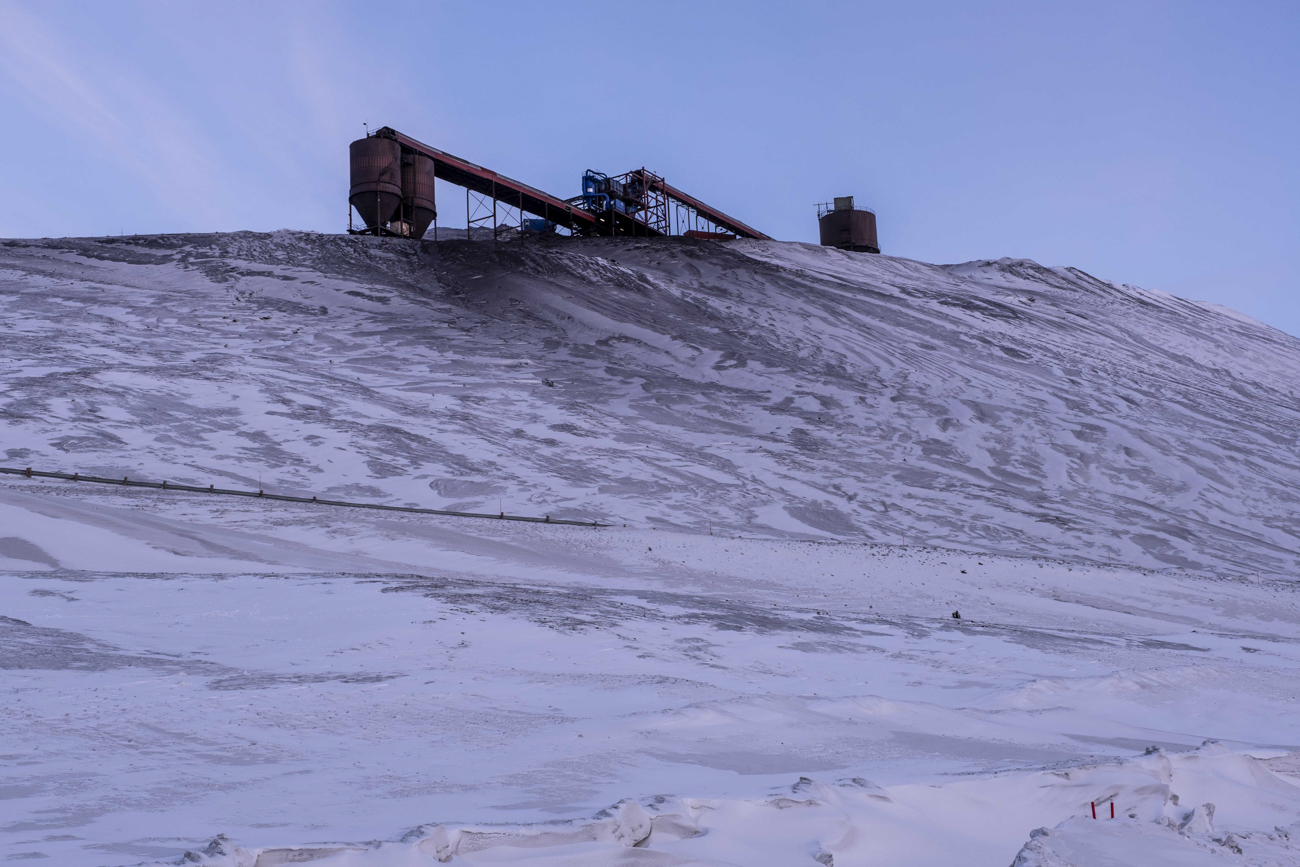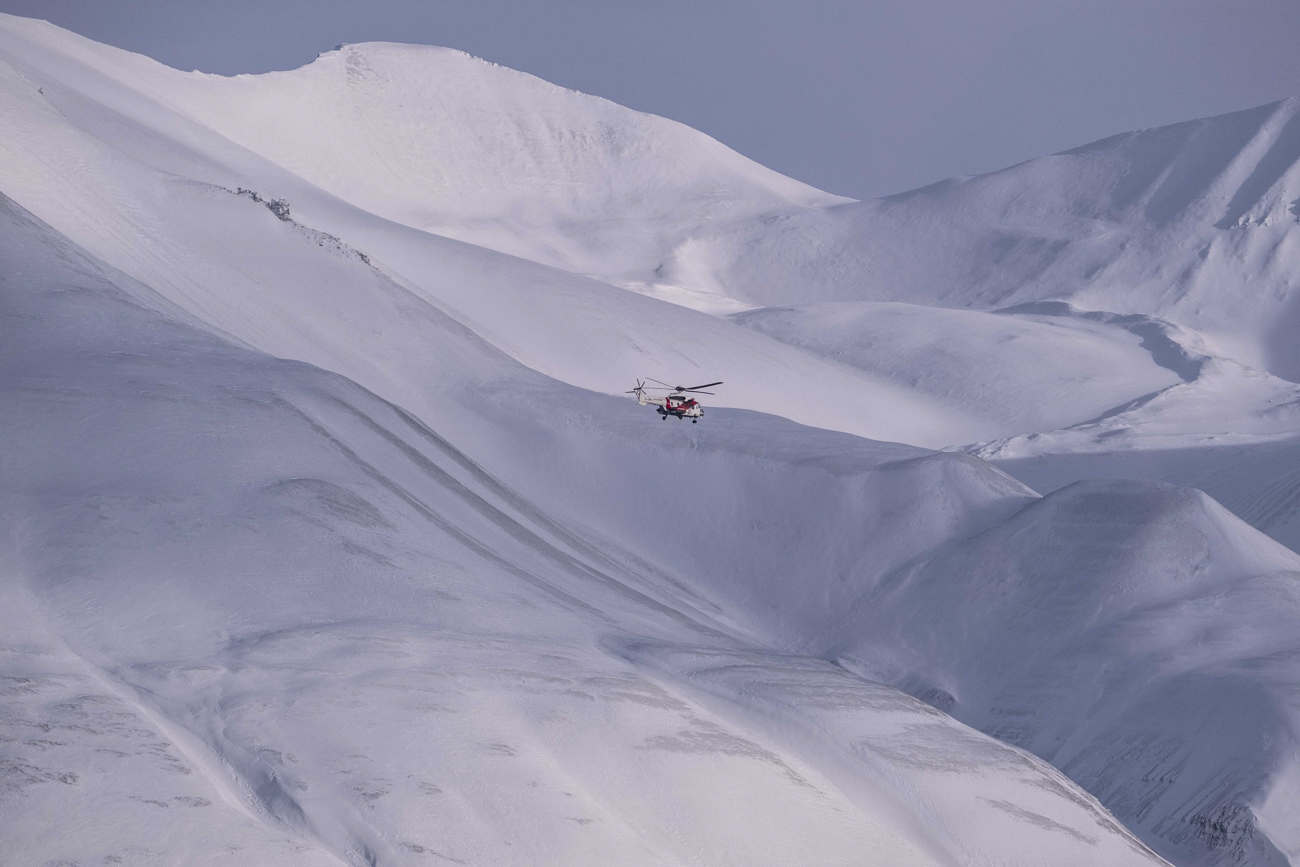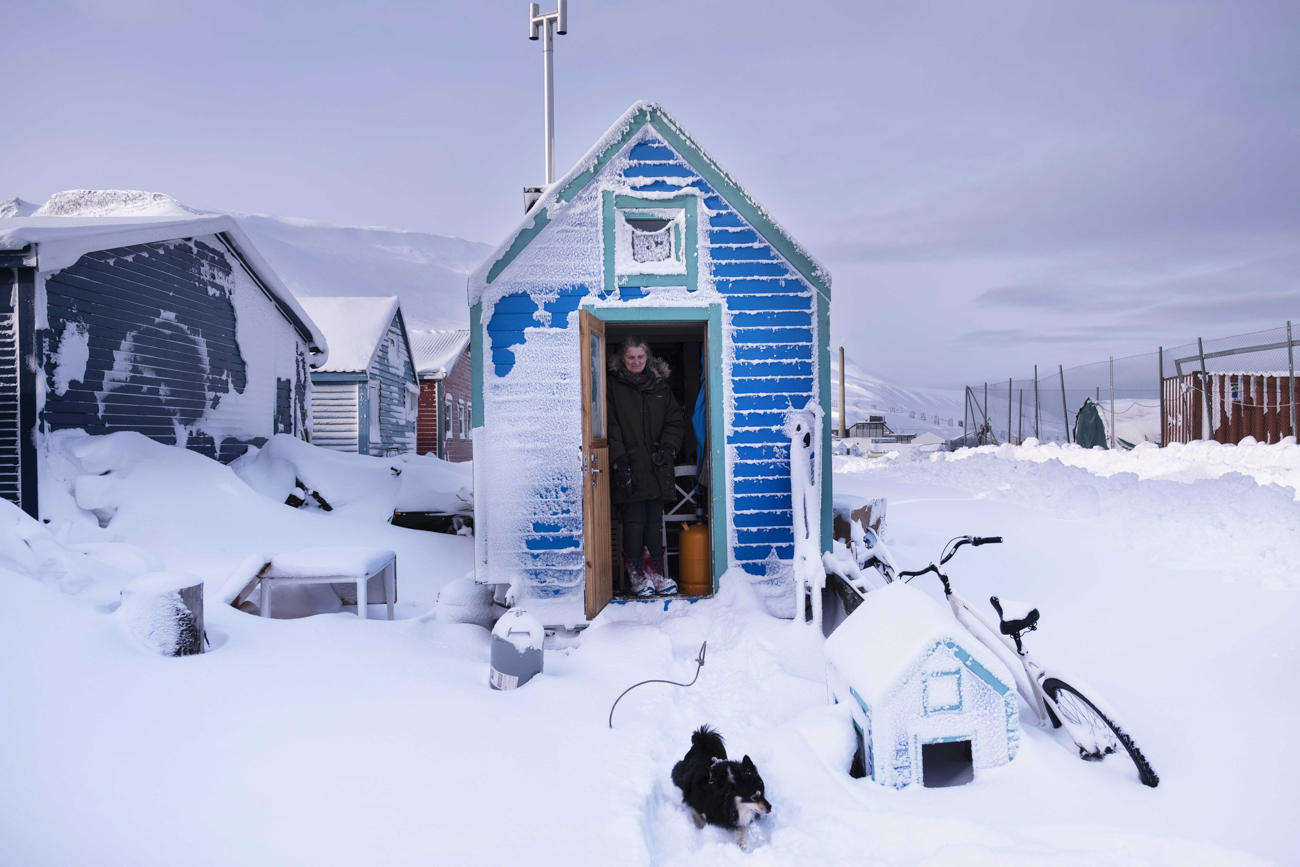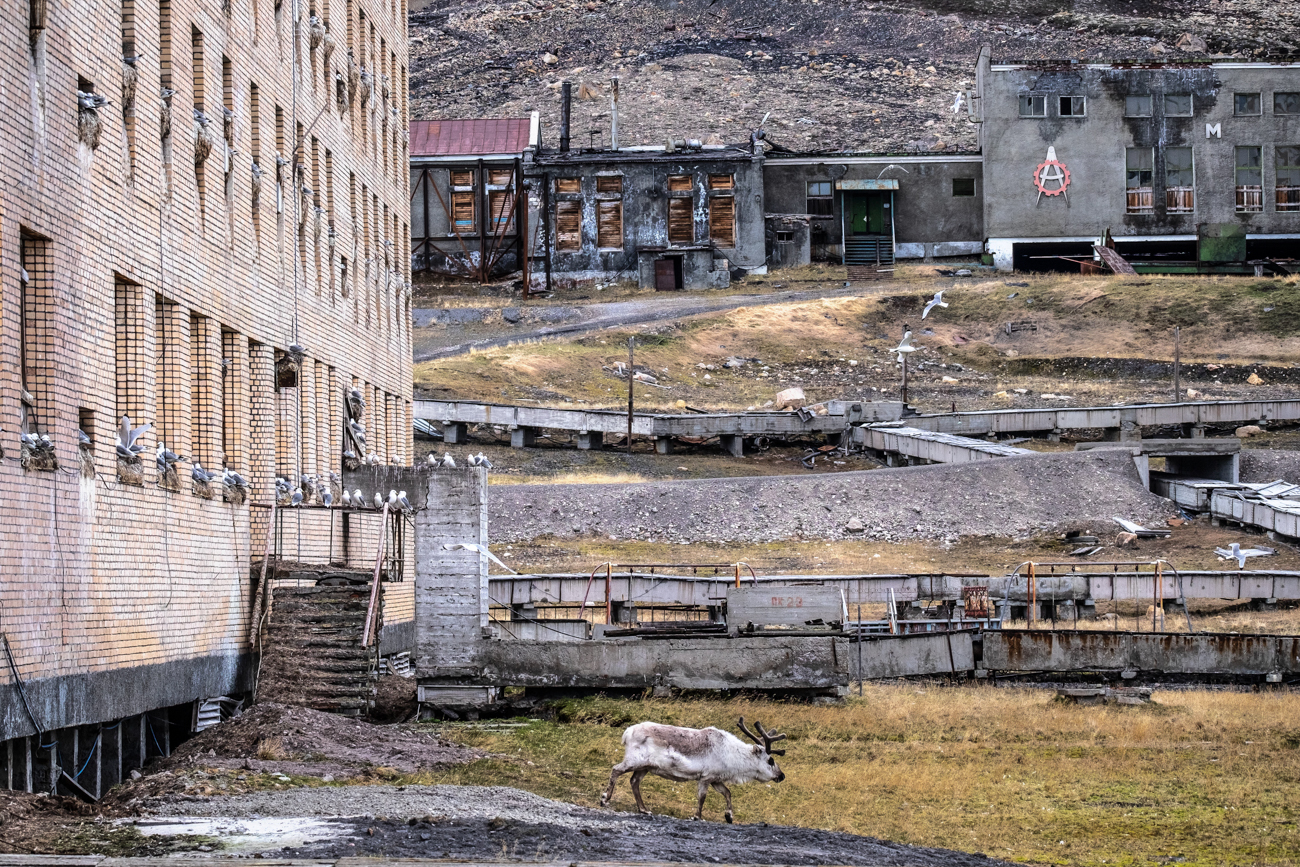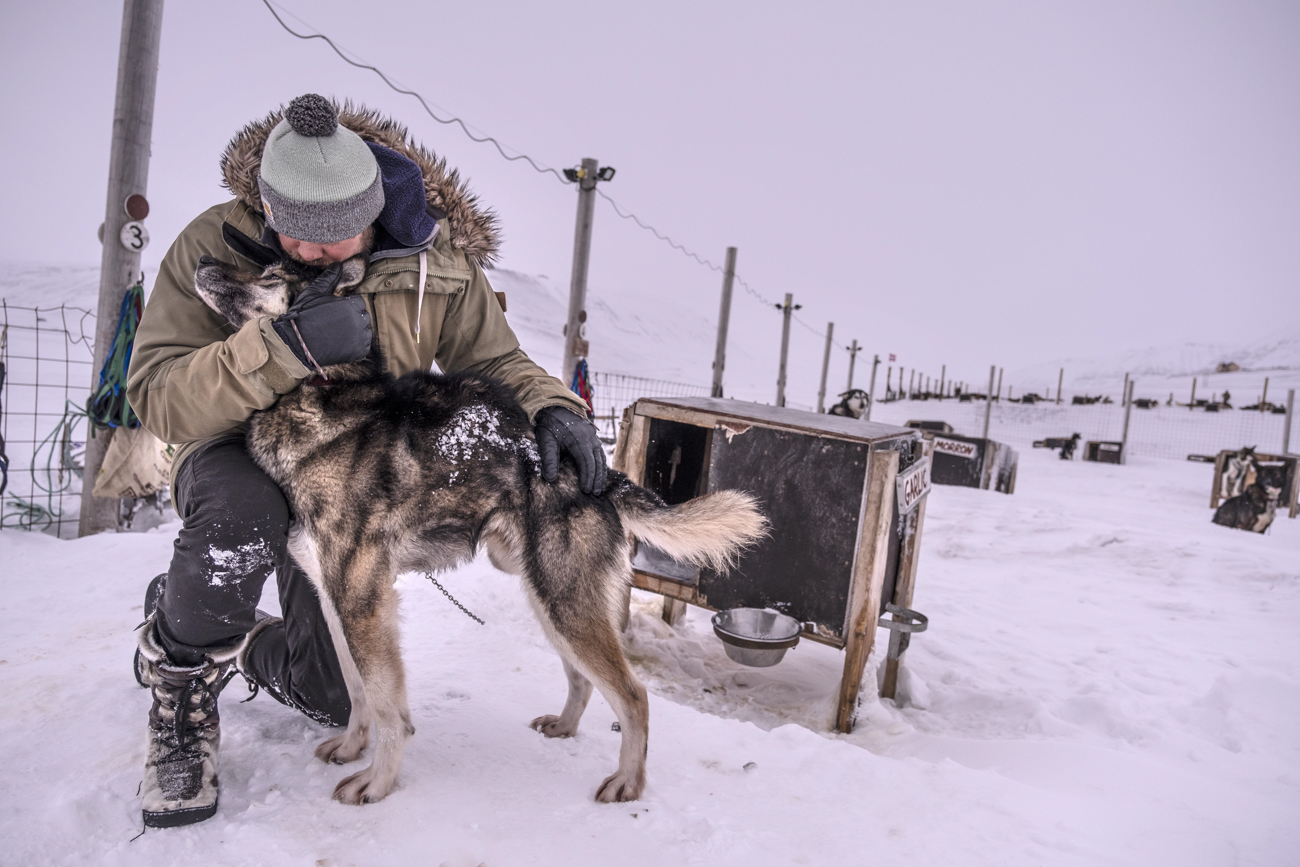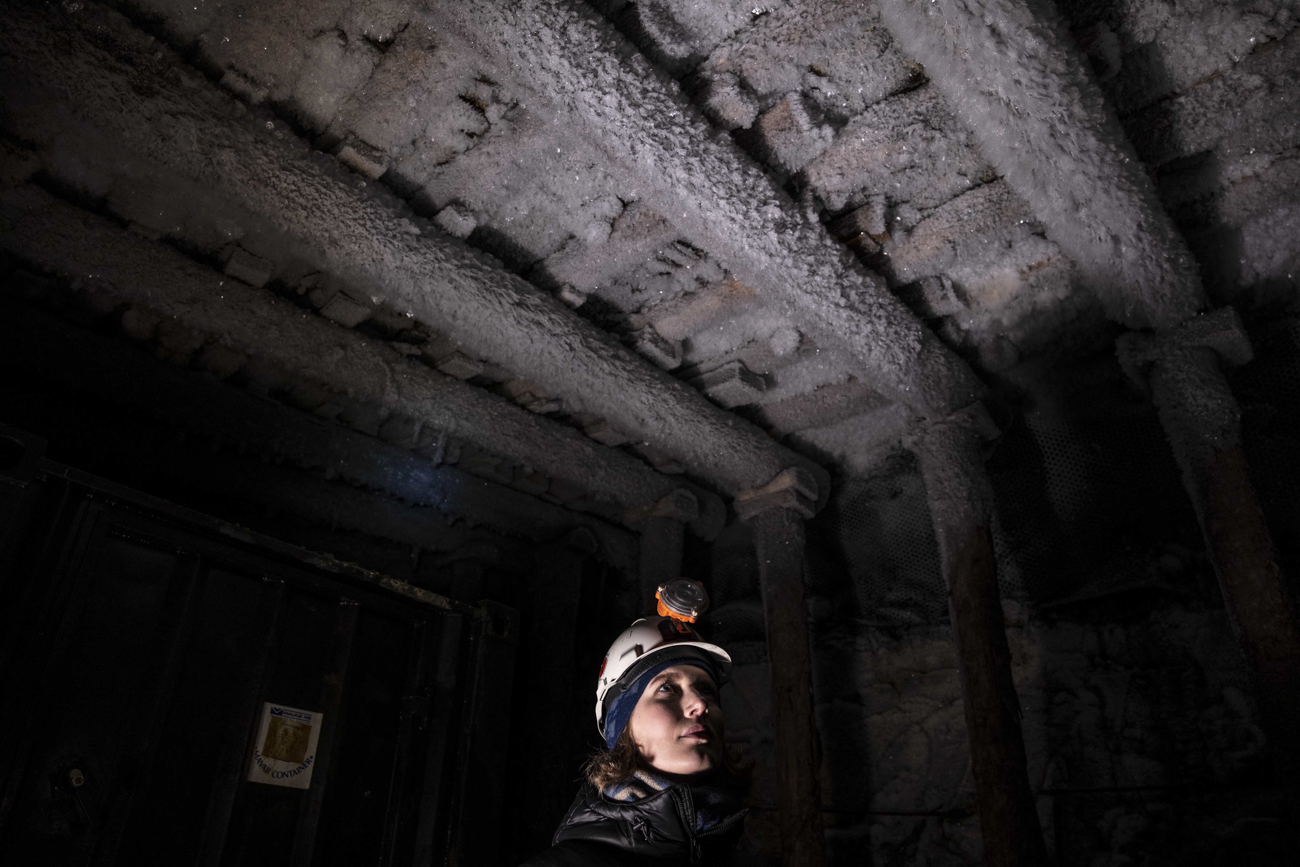MI TULAR. I Am the Border
Svalbard, living on the edge of the world
Photo by Valentina Tamborra
In the language of the ancient Etruscans MI TULAR means “I am the border”. Here, on this patch of frozen land set in the Arctic Ocean, polar bears and humans vie for an invisible border. The word Tular also brings to mind the legend of farthermost Thule, the last island at the very edge of the known world. For a long time, Svalbard was very much a short-term destination: somewhere to work for a limited period to make some money to then build a life on the mainland. In recent
years, however, something has changed and more and more people are deciding to settle here. But who are the inhabitants of Svalbard really? A diverse and multi-ethnic society: miners and scientists, sled dog breeders, chefs who open gourmet restaurants with the largest selection of wines in Europe in a place where alcohol is rationed, primary school teachers who, during biology class, teach how to kill a reindeer to then learn all about its anatomy.
Established in 2017 on the site of the original Global Seed Vault, the Arctic World Archives (AWA) stores an impressive collection of valuable digital artefacts and irreplaceable information from around the world (from more than 15 contributing nations) including manuscripts from the Vatican Apostolic Library, data and documents from the European Space Agency (ESA), the National Archives of Mexico and Brazil, the National Museum of Norway, and valuable documentation relating to political history, scientific discoveries, and artistic masterpieces from different eras.
And then there is Pyramiden: a semi-abandoned Russian settlement. In this surreal setting communication with the outside world is only possible by satellite phone. Three people live there permanently, in a place built to accommodate more than 1,000. Where nature can be lethal, human beings have to find a new balance to survive. Solidarity is life. And here, in a remote corner of Norway, at the edge of the world, people have achieved it.
This is the border. Perhaps it is farthermost Thule, after all.
( 2019 )
John Kerry, the US special envoy for climate, said in 2021 that at least 50% of the cuts in emissions needed to achieve carbon neutrality in time will come from “technologies that have not yet been invented.” And it’s this that offers us the most promising path towards neutralizing the so-called unavoidable emissions, which the energy transition process, at least until it’s completed, will not be able to contain alone.
(2021)

